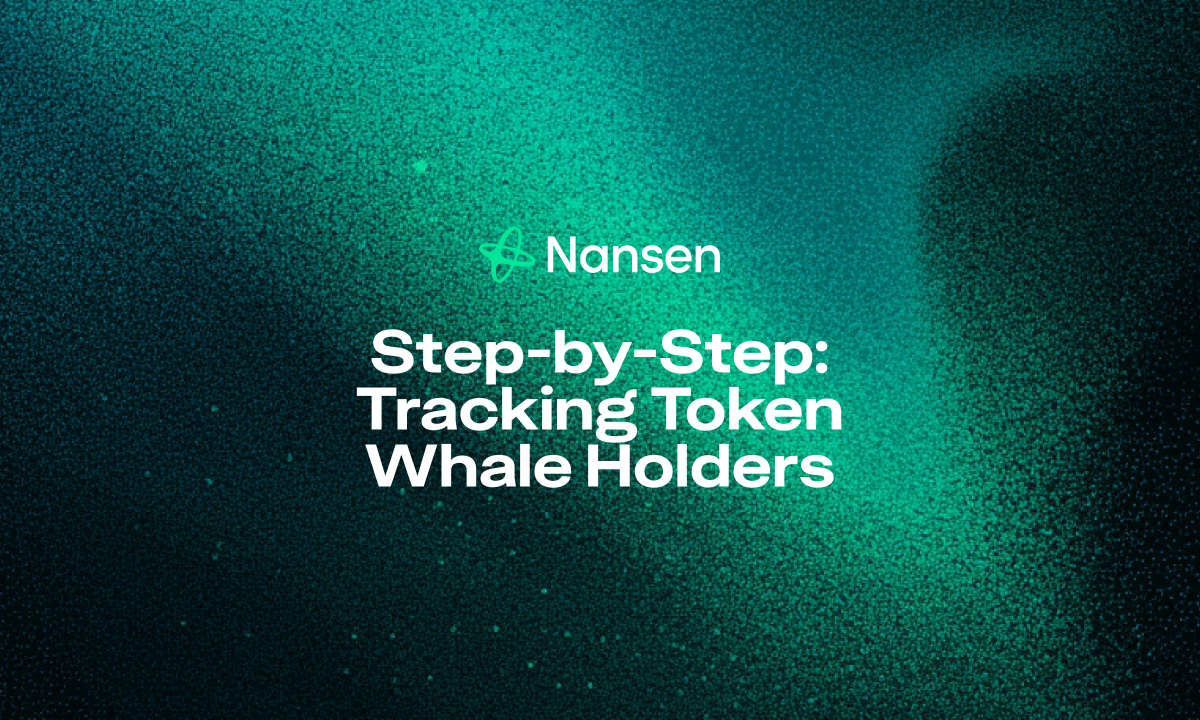Tracking token whale holders over time means monitoring large cryptocurrency addresses—known as whales—that hold significant amounts of a token. These whales often influence market trends and price movements. By studying their buying, selling, and transfer behaviors, investors can anticipate shifts and make smarter trading decisions. Leveraging onchain analytics platforms is essential to identify and analyze these key players efficiently.
Understanding Crypto Whales and Their Importance in Market Analysis
Crypto whales are individuals or institutions holding vast quantities of a specific cryptocurrency, enough to move markets with their transactions. They are often early investors, institutional players, or influential traders.
Why should you track crypto whales?
- Market Impact: Whale trades can trigger significant price fluctuations.
- Sentiment Gauge: Their buying or selling often reflects broader market confidence or fear.
- Early Market Signals: Whales may act on information before the rest of the market.
- Liquidity Insights: Whale movements reveal trends in token accumulation or liquidation.
Essential Metrics for Effective Whale Tracking
To track whales successfully, focus on analyzing these key onchain data points:
- Token Holdings Distribution: Concentration of token supply among top holders.
- Transaction Volume & Frequency: Size and number of whale transactions.
- Exchange Inflows and Outflows: Whale transfers to and from centralized exchanges.
- New Whale Wallets: Emergence of new large holders or significant accumulation by existing whales.
- DEX and CEX Trading Activity: Whale trades on decentralized and centralized platforms.
- Token Vesting Events: Unlocks that may release tokens held by whales, impacting supply.
How to Track Token Whale Holders Step-by-Step
Step 1: Identify the Largest Token Holders
Find the biggest token addresses by balance to define your whale list.
- Use blockchain explorers such as Etherscan or BscScan to view the top holders.
- Utilize analytics platforms like Nansen for labeled wallets, helping distinguish smart money, exchanges, and treasuries.
Step 2: Analyze Whale Wallet Transaction Patterns
Examine how identified whales interact with their holdings.
- Review transaction history for volume, frequency, and type (transfers, swaps, staking).
- Monitor inflows and outflows to see if whales are accumulating or distributing tokens.
- Trace where tokens go after leaving whale wallets — exchanges, other wallets, or DeFi protocols.
Step 3: Monitor Onchain Token Flows Related to Whales
Look beyond individual addresses to broader token movement trends.
- Watch for spikes in exchanges’ token inflows from whales, indicating potential upcoming sells.
- Track whale interactions with smart contracts such as staking, lending, or yield farming.
- Observe cross-chain transfers via bridges if the token operates on multiple blockchains.
Step 4: Interpret Whale Activity in Market Context
Connect whale movements to market conditions for actionable insights.
- Differentiate accumulation (buying) from distribution (selling).
- Assess price reactions to whale trades to validate predictive power.
- Align whale movements with upcoming events like upgrades or partnerships.
- Consider market capitalization and liquidity when measuring whale impact.
Best Tools and Platforms for Tracking Whale Movements
Tracking whales manually can be overwhelming; advanced analytics platforms streamline the process.
Nansen’s Role in Whale Tracking
Nansen is a top-tier AI-powered onchain analytics platform that labels millions of crypto wallets and provides deep insights into smart money behavior.
#### Wallet Labels for Clarity
Nansen categorizes wallets as:
- Exchange wallets
- Smart Money (institutional and sophisticated investors)
- Funds and institutional holders
- Project treasury wallets
This classification helps isolate meaningful whale activity from noise.
#### Smart Money Dashboards
Nansen aggregates data on Smart Money’s buy/sell activity, token holdings, and decentralized exchange trades, making it easier to track influential whale trends.
#### Token God Mode
This feature offers a thorough token overview including:
- Top holder breakdowns
- Ownership distributions
- Exchange balances
- Token flow visualizations between whales, exchanges, and DeFi protocols
Frequently Asked Questions
What is a crypto whale in simple terms?
A crypto whale is a person or organization that owns a huge amount of a cryptocurrency, enough to sway the market price by buying or selling large amounts.
How does tracking whale movements help investors?
Tracking whale activity provides early warnings about possible price changes and market sentiment shifts, enabling investors to position themselves advantageously.
Is it legal to track crypto whales?
Yes. Since all blockchain transactions are public, monitoring whale activity using onchain data is fully legal and transparent.
Conclusion
Tracking token whale holders over time empowers investors to decode the market’s biggest movers and anticipate crucial price shifts. By systematically identifying whales, analyzing detailed onchain activity, and leveraging platforms like Nansen, you gain valuable insights into market sentiment and liquidity dynamics. Start using onchain analytics today to make smarter, faster cryptocurrency decisions and confidently navigate volatile markets. Explore Nansen now to access real-time whale tracking data and enhance your crypto strategy.




